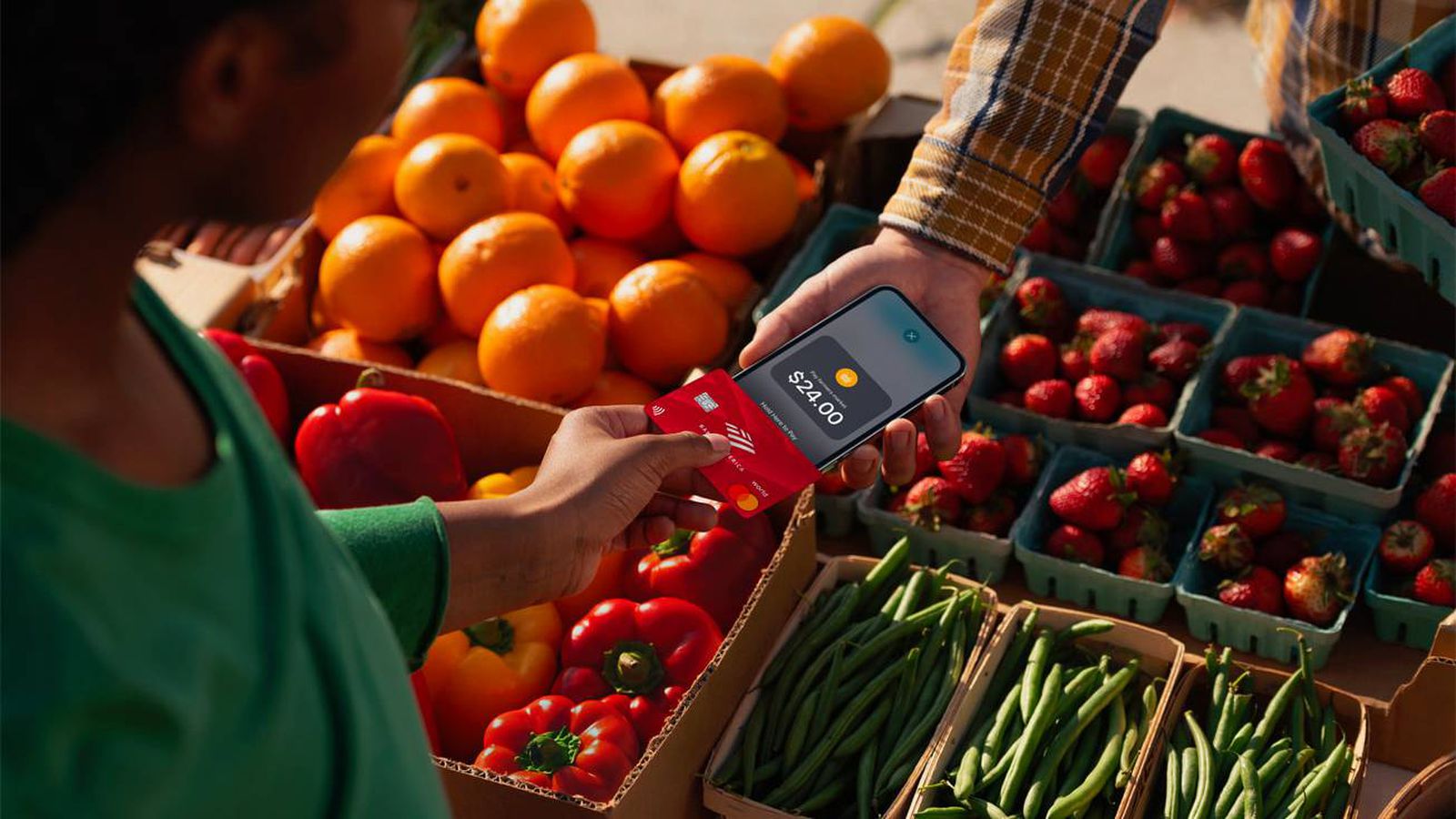Source:
ChatGPT:
Previously, taxis could only perform flexible drop-offs if they were registered in the destination country. Otherwise, passengers were limited to Larkin Sentral in Johor Bahru or Ban San Street Terminal in Singapore, forcing many travellers to take a second trip. Some Singaporeans said the new flexibility makes them more inclined to consider cross-border taxis when trains are unavailable. Malaysians echoed similar sentiments, saying the update removes hassle and confusion.
Licensed drivers, however, stressed that the real appeal has always been door-to-door service—a feature illegal operators once provided and legal taxis could not. Many hope the new rules will finally allow them to compete fairly and earn more. Older and mobility-impaired passengers also said the move would greatly ease their journeys.
Still, observers and cabbies flagged issues: worsening Causeway congestion, limited parking at terminals, unpredictable demand, and long waits that already make the route unattractive for some drivers. Transport economists noted that while the rule changes improve convenience, fixed pricing and current regulations still constrain the scheme. They warned of supply-demand imbalances, competition concerns between Singapore- and Malaysia-registered taxis, and the need for deeper liberalisation—possibly including true door-to-door service.
Experts added that a better-functioning cross-border taxi ecosystem could deliver wider benefits, such as making Singapore’s airports more accessible for Johor residents, ultimately strengthening cross-border economic ties.
Opinion:
Pls make this service work people!
I need it! 😄







_0.jpg)











